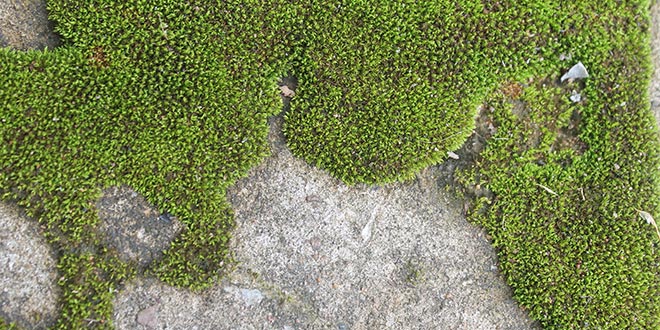Lawn design and home ownership have changed over the last few decades, changing the perception of classic front yards and fenced in back patios. Not every home today needs a full yard of neatly cut grass, and environmental concerns have changed some consumers’ minds about how they should treat their yards.
An alternative for lawns that is growing in popularity is the use of groundcover plants as opposed to grass. Groundcover plants can provide similar aesthetic charm to grass while providing benefits like needing less water and sun, while also requiring less upkeep. Here are a few tips to offer consumers looking into groundcover plants.
Stay in Your Zone
The United States Department of Agriculture (USDA) offers a Plant Hardiness Zone Map that gives gardeners and growers a better idea of what plants are likely to thrive in a given area. This zone map is based on the average annual minimum winter temperature, divided into zones by 10-degree increments.
Learn what zone or zones are in your area and stock appropriate plants for your customers by using the USDA Plant Hardlines Zone Map. Advise them to pick plants that are more likely to thrive in your area.
Shady Acres
Some groundcover plants do best in shady areas. These can be useful for yards with bountiful tree cover or just areas of an otherwise grass yard that don’t get the required amount of sunlight. Bishop’s weed spreads easily (gardeners might say too easily) and will keep an area looking nice with little upkeep. It will keep weeds from taking over and can be contained to certain areas. Warn consumers to keep it away from garden areas, as it can take those spaces over.
Ajuga comes in several varieties and offer several different shades if color is a factor. It does best when not used in areas where lots of traffic will be walking through.
Dry It Out
If your customers live in drought-prone areas or they are looking for groundcover options that don’t require frequent watering, look into thyme. Red creeping thyme grows into a mat-like consistency and requires little water. It does need lots of sunlight, however.
Moss is another option for those looking for the least amount of maintenance possible. It can lie dormant for long periods of time and can tolerate a wide variety of soils.
 Hardware Retailing The Industry's Source for Insights and Information
Hardware Retailing The Industry's Source for Insights and Information






